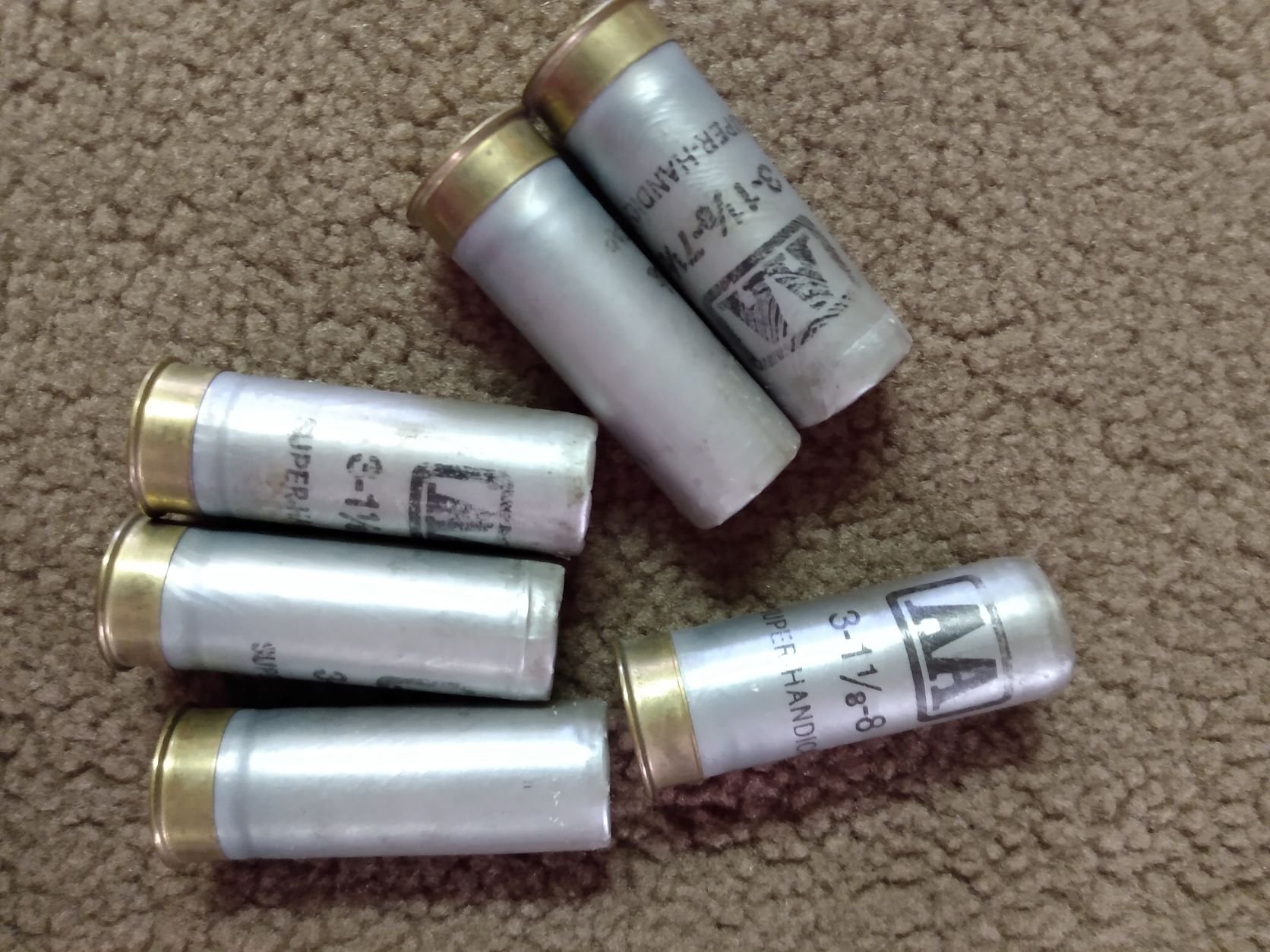Finders Keepers
That was a question I recently had for my ReelCamo Girl associates. I knew that there’s a lot of experience in this group of outdoor women and I wanted to check before I threw away a valuable resource. With ammo being hard to find and expensive when its available, it would not be smart to dispose of old shotgun, rifle, and handgun rounds if they were safe to shoot.
I used to hunt some and regularly shot 2 rounds of skeet on Tuesday evenings but when I moved in the fall of 2006, I didn’t have access to a range and so I tucked my shooting supplies into a closet where they stayed until recently.
In my quest to finally get all the moving boxes unpacked (yes, I've been here 2 years), I discovered a box of miscellaneous ammo. It kind of felt like opening a Christmas present when I started to take things out of the dusty box. The box and contents have never been wet but have been subject to heat and cold over the years, and have been moved from Missouri to Washington, to Idaho, and back to Missouri. There’s no corrosion or rust on any of them, but some do look like they were carried around in a pocket a time or two.
I felt certain that the boxed 12-gauge shells were good. Some of the original boxes hadn’t even been opened. A few stray shells were loose in the bigger box, and a some looked to be reloaded, which I was hesitant to shoot. My ex was generally safe with his reloading, but they looked a little beat up and I had no way of knowing what size shot or how much powder was in them. So, I set those aside until I got confirmation from my friends.
I even found 2 old cardboard-like shells, which I will keep as curiosities. Even if they turned out safe to shoot, I wanted to save them in my hunting displays since I have rarely seen that type of shell. I like to imagine that they came from one of my grandfathers in years past.
There are a handful of .30-.30 shells, some in the original box, but others just banging around loose. The same with some .357 magnum and .38 caliber shells. Some of these have been loaded into the appropriate firearms at one time or another and then ejected for storage. Six handgun rounds were wrapped up in the speed loader, ready for action. (Check out the date and price on those .357s!)
And finally, I found several .38 caliber snake rounds, purchased the day after I watched a 6-foot black snake crawl up into the undercarriage of the truck I had to drive to work that night. I’m certain that was before 1990, because I vividly remember that old farmhouse!
After shooting off a message to the RCG Pro Staff – pun intended – I waited for replies to see if I’d guessed correctly. Turns out my instincts were pretty good. Several ladies congratulated me on my good luck and suggested that a range day was in order.
Tarra Stoddard, RCG Business Manager and NRA Certified Firearms Instructor, responded with the following:
Lucky you!!!
The reloads and cardboard like shells are a big NO.
The others I would definitely keep to shoot even though they have been subjected to heat and cold. As long as they have not gotten wet, they should be good to go. Unless a cartilage has obvious damage to it, keep it.
And Pro Staff Sarah Del Rae sent this delightful message:
I believe they should all be safe to shoot. My father is firearms and ballistics specialist. I asked him this question for you, and he responded with " I shoot ammo that was made in 1943 (WW2)."
I have shot reloads my dad did in Arizona before I was born, and we moved up to Montana and stored them for 20 years.
So, it up to you and how comfortable you feel but it’s very possible they are still good.
Hope that's helpful.
Which just goes to prove that it’s good to have friends who can answer those questions that you just can’t ask your “normal” friends.
ReelCamo Girl Pro Staff Linda Bittle





